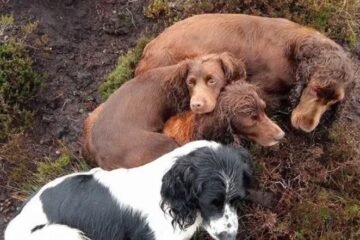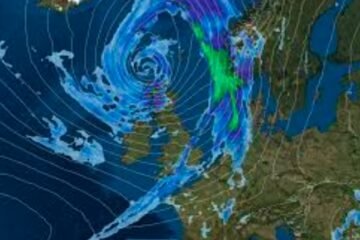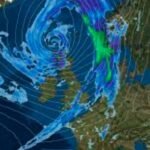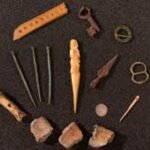A search is underway in Scotland to locate one of the country’s tiniest and most elusive moths. The Highland nymph, a species so small it measures only a few millimeters in length, has become the focus of conservation efforts after being rediscovered following a two-decade disappearance.
A Tiny but Tough Survivor
At first glance, the Highland nymph might seem fragile. But ecologist Patrick Cook, from the wildlife charity Butterfly Conservation, describes it as “small but very tough.” The species, also known as the Alpine coffee moth due to its brownish coloring, thrives in mountainous regions, including parts of the Alps and Scandinavia.
However, in the UK, this moth has only ever been recorded in 10 locations, all in Scotland. Until last year, it hadn’t been seen for 20 years. That changed when a team from Butterfly Conservation stumbled upon a colony of around 30 to 40 individuals in the Scottish mountains.

The Threats Facing the Highland Nymph
The biggest challenge for the Highland nymph is habitat loss. The moth’s caterpillars depend on mountain willow plants for food, but these plants are becoming increasingly scarce. Patrick Cook explains that grazing animals like deer and sheep are stripping the landscape of the very vegetation these insects rely on.
Without sufficient food sources, the population of Highland nymphs could dwindle once again. Conservationists fear that if action isn’t taken quickly, this rare species could vanish from the UK permanently.
Conservation Efforts Underway
To prevent this, Butterfly Conservation is taking steps to protect the moth. Some of their key efforts include:
- Collaborating with landowners to explore the possibility of planting more mountain willow to provide food and shelter for the species.
- Conducting surveys of previously recorded sites to check whether the moth still exists there.
- Organizing large-scale searches across Scotland’s mountains to identify undiscovered colonies.
- Running online training sessions to teach the public how to recognize and report sightings.
Can the Public Help?
While spotting a Highland nymph in the wild requires trekking through remote mountain landscapes, there are still ways the public can contribute. Patrick Cook says that even if people can’t help directly with this species, they can support moth populations in general by planting food plants for other native species in their gardens or local green spaces.
Encouraging biodiversity and protecting insect habitats can have a ripple effect, helping not just moths but also other wildlife that depends on them. Even small efforts, like reducing the use of pesticides, can make a big difference.
Looking to the Future
The discovery of a Highland nymph colony in 2024 has given conservationists renewed hope. But with so few locations remaining, time is running out to secure the species’ future in the UK.
By working together—scientists, landowners, and the public—there’s a chance to prevent this tiny but resilient moth from becoming just another name on the list of lost species. The search continues, and with more eyes looking, there’s hope that the Highland nymph might not be as rare as it seems.


















